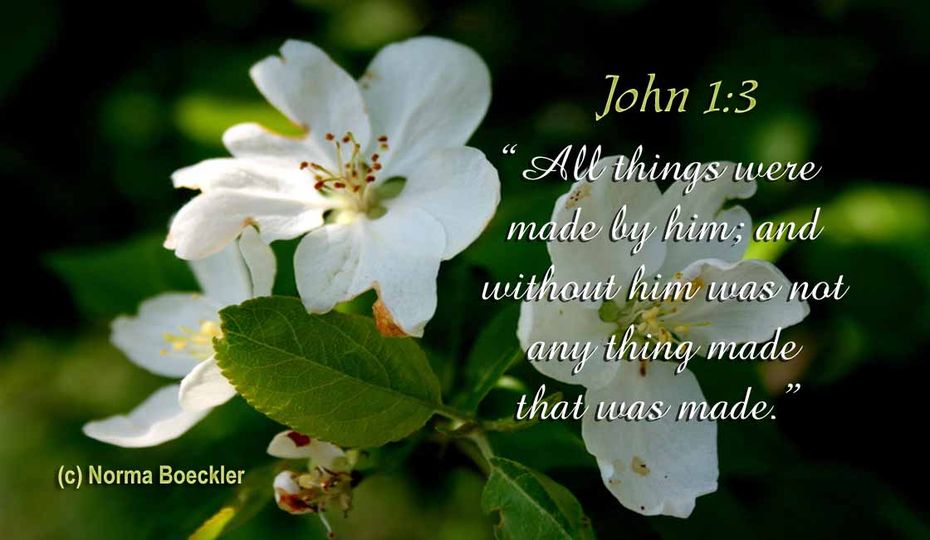 |
| The Crepe Myrtle is a bit soggy and heavy with rain, with more blooms to open. The plants around its base are Buckwheat, living mulch. Photo by 29A. |
The Crepe Myrtle is now so glorious that strangers stop on their walks to grab the blossoms and smell them, to marvel at the density of the flowers. Bees work the flowers and birds are nesting there once again.
This is how God's Creation works together. I did not put much labor into this project, but I do a little all the time, week by week.
- I studied Crepe Myrtles because I had them in Bella Vista and they were not impressive. They had potential, I thought.
- I removed all the branches below, which looked silly at first, but emphasized the bloom that summer. Similar to pour-over coffee, the bloom is crucial.
- Previous years of study showed that the way to feed the plant was simply to put organic matter around the base, to be consumed by red wiggler earthworms that I added, supplemented by all the other soil creatures, included our hard-working mole. You be hatin', he be mixin' the soil.
- New studies showed that the fungus network that feeds, protects, and hydrates plants would be helped by wood products (done), and leaving everything alone (no roto-tilling).
People still need to recognize the value of pruning all the time - not a massive effort but a little bit each day. Most plants that we value will grow better with pruning. Pick some peas, beans, or tomatoes - more flowers will sprout and more fruit will grow. The same is true of Crepe Myrtle, roses, and other plants.
Sunday morning, I cut the best roses for the altar. I was a bit short of roses, so I also cut some Chaste Tree to add purple blossoms to the mix, next to John Paul II white roses - no irony intended. Sunday afternoon, we had an explosion of Easy Does It orange roses. The display on that one rose bush was so brilliant that our guest walked into the garden to photograph it.
Yes, I welcomed the photography. A gardener with a camera is nowhere near as dangerous as a newbie with a roto-tiller and a jug of insecticide.
Joel Salatin, who is a Christian, writes about honoring the life on the farm or garden - the plants, the soil, and the animals. He is speaking of Creation. His best work that I have read is The Sheer Ecstasy of Being a Lunatic Farmer. He is all over YouTube as well.
Food
The Crepe Myrtle blooms easily, loves the sun, and tolerates a lack of water. That does not excuse neglect, which is the typical reaction. Plant it and forget it. A flowering bush has to have food, which will come from the sun and the soil. I simply put the food around the base, year around, and let the soil creatures carry out their divinely engineered functions.
Water
When other plants are drooping from the sun and lack of rain, I water them and the Crepe Myrtle. In return, its deep roots and extensive root system direct rain into the subsoil rather than letting the top soil run off onto the sidewalk.
 |
| We see this around town. The bushes still grow and bloom, but they do not achieve their real glory, which was embedded in Creation. |
Pruning To Grow
The Crepe Myrtle has more horsepower than a supercharged Ford 150. New branches come out and droop over the mailbox. I cut them off and place them around the base. Some sprouts come from the lower branches. They are cut or pulled away. The first bloom is pruned away later, which means a complete second bloom to round out the summer. Then I let the seeds form. Early spring means pruning and shaping the top, not "crepe murder" where the flowering section is lopped off.
Pruning means spurring growth, above and below ground. Every snip of the shears will encourage more branches and bigger flowers. Below ground, the roots reach out deeper and wider.




